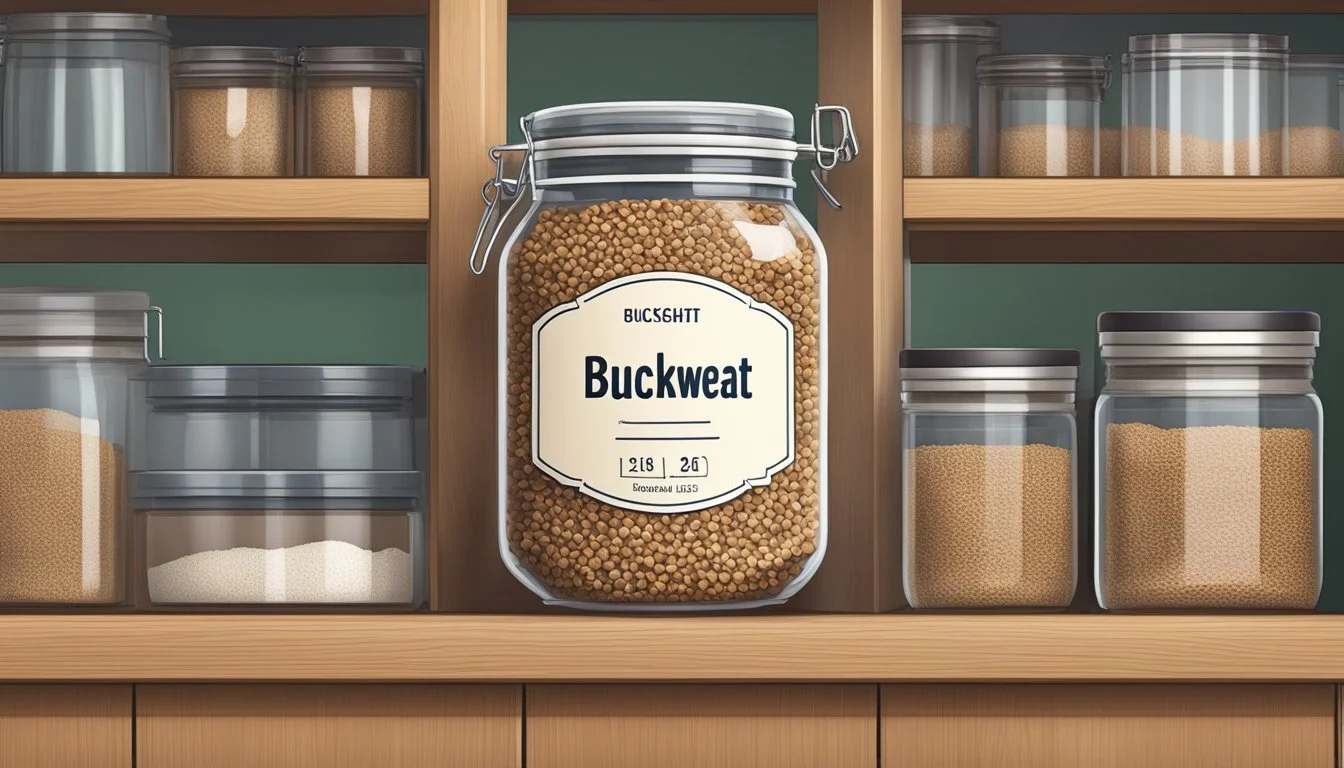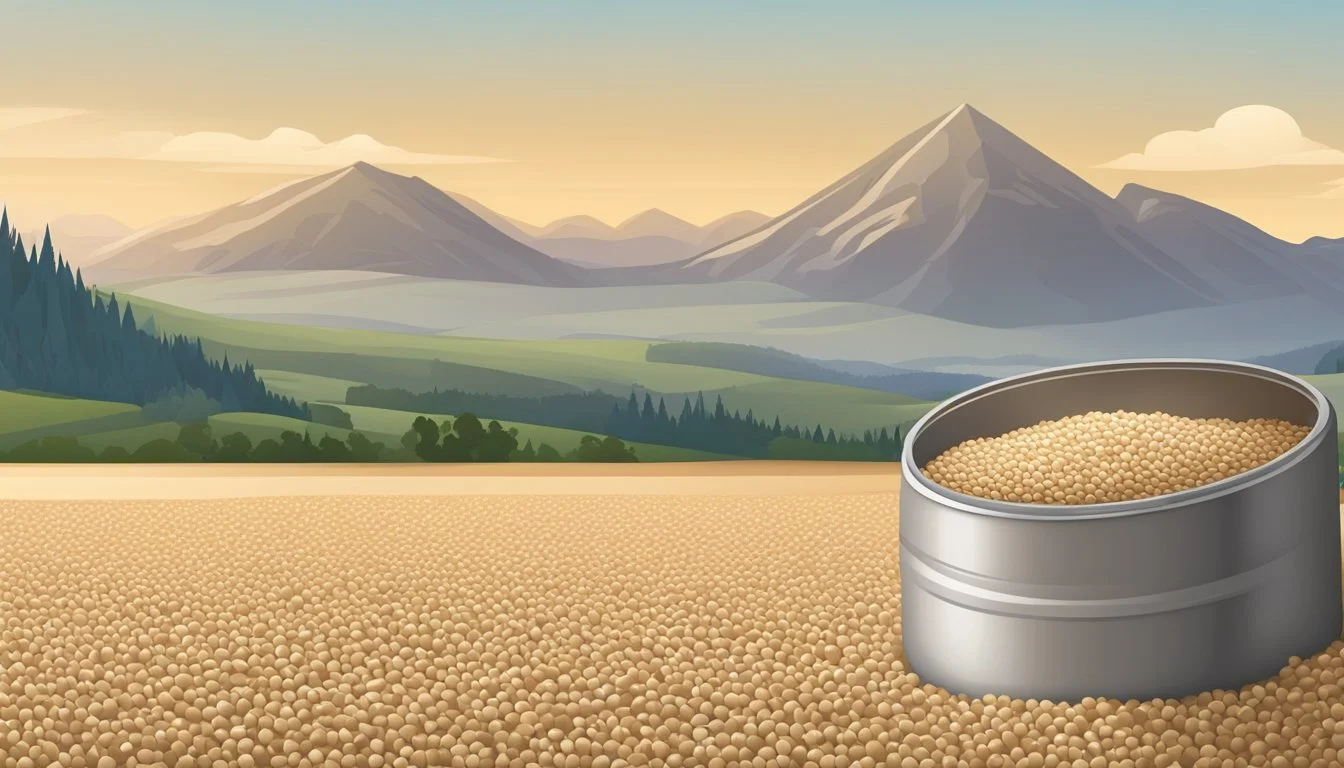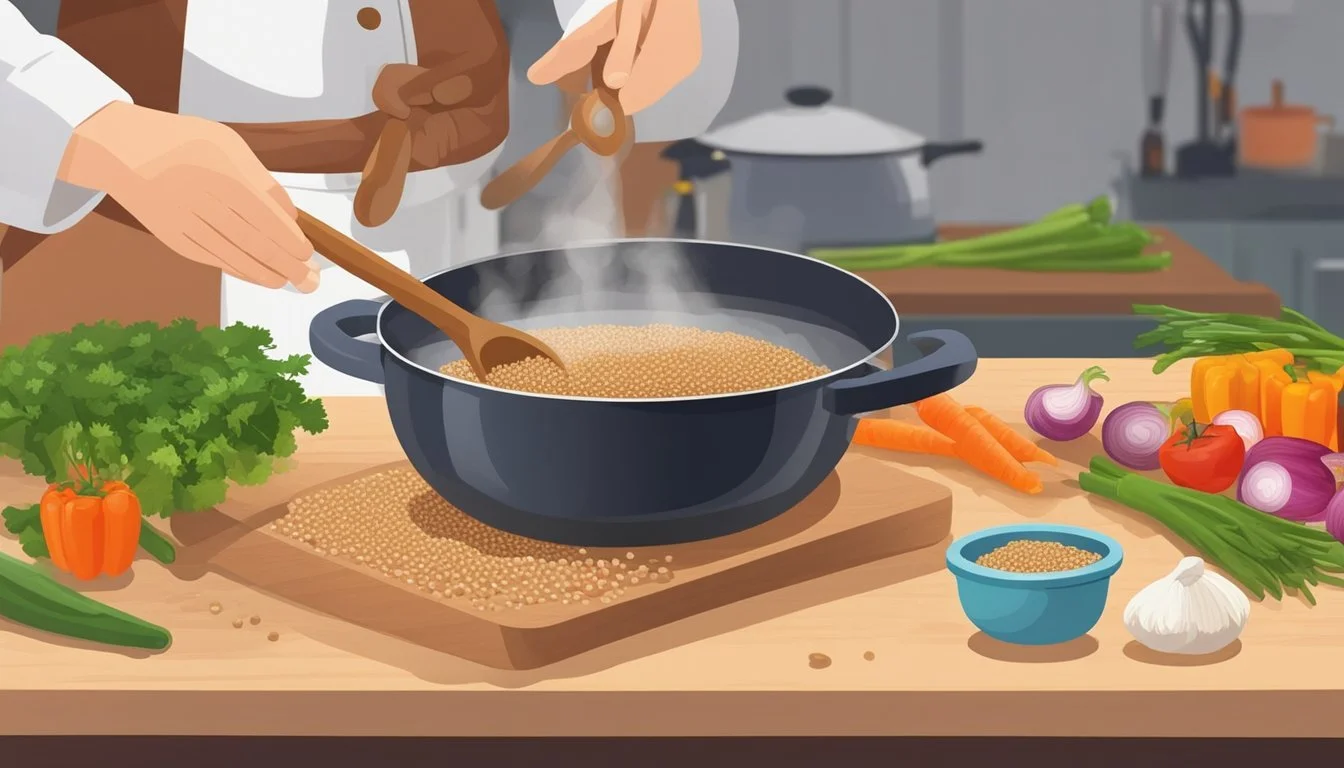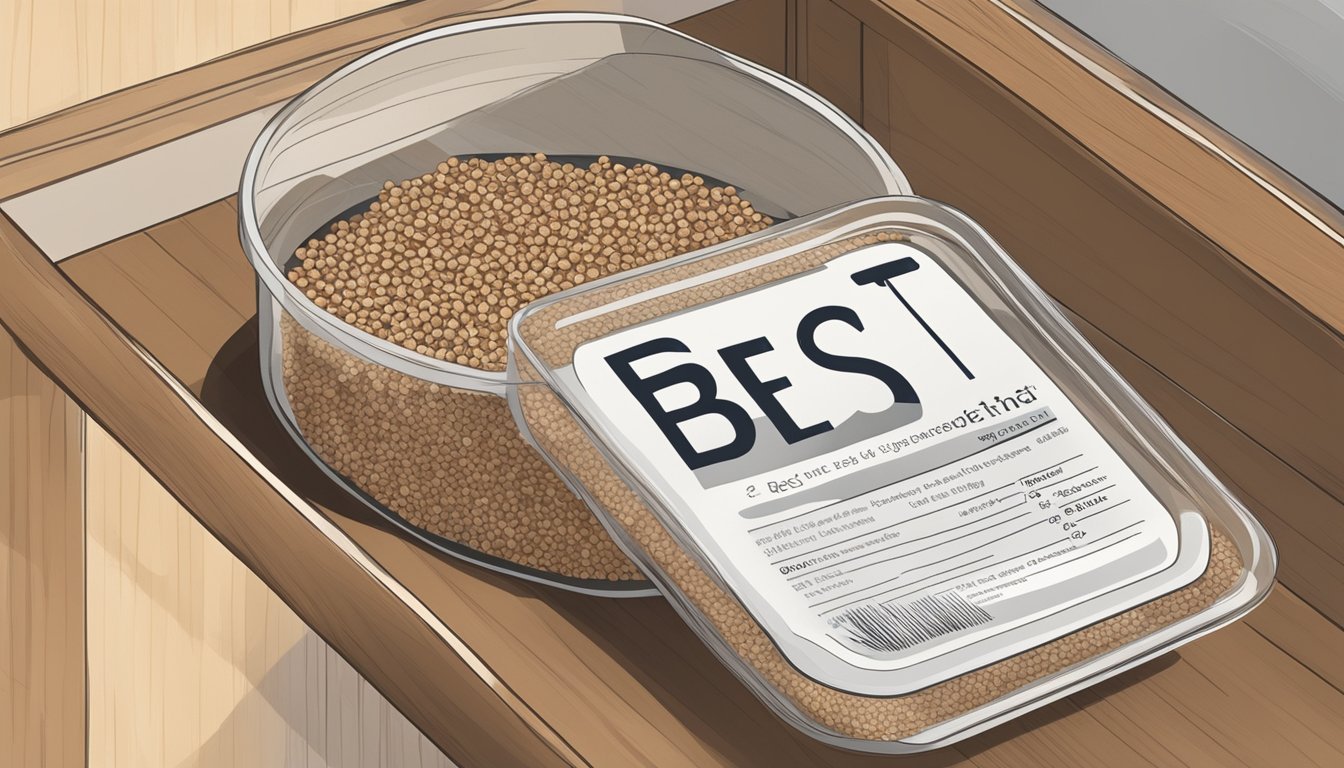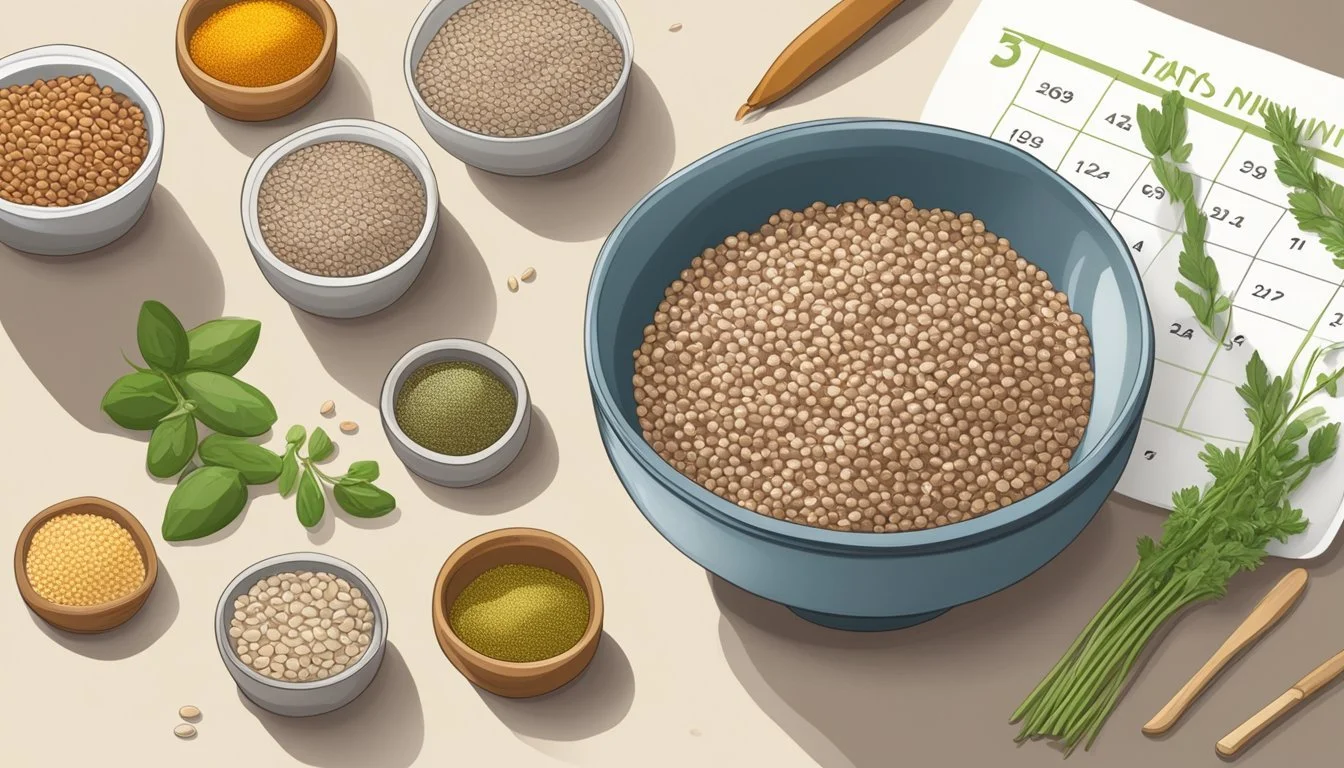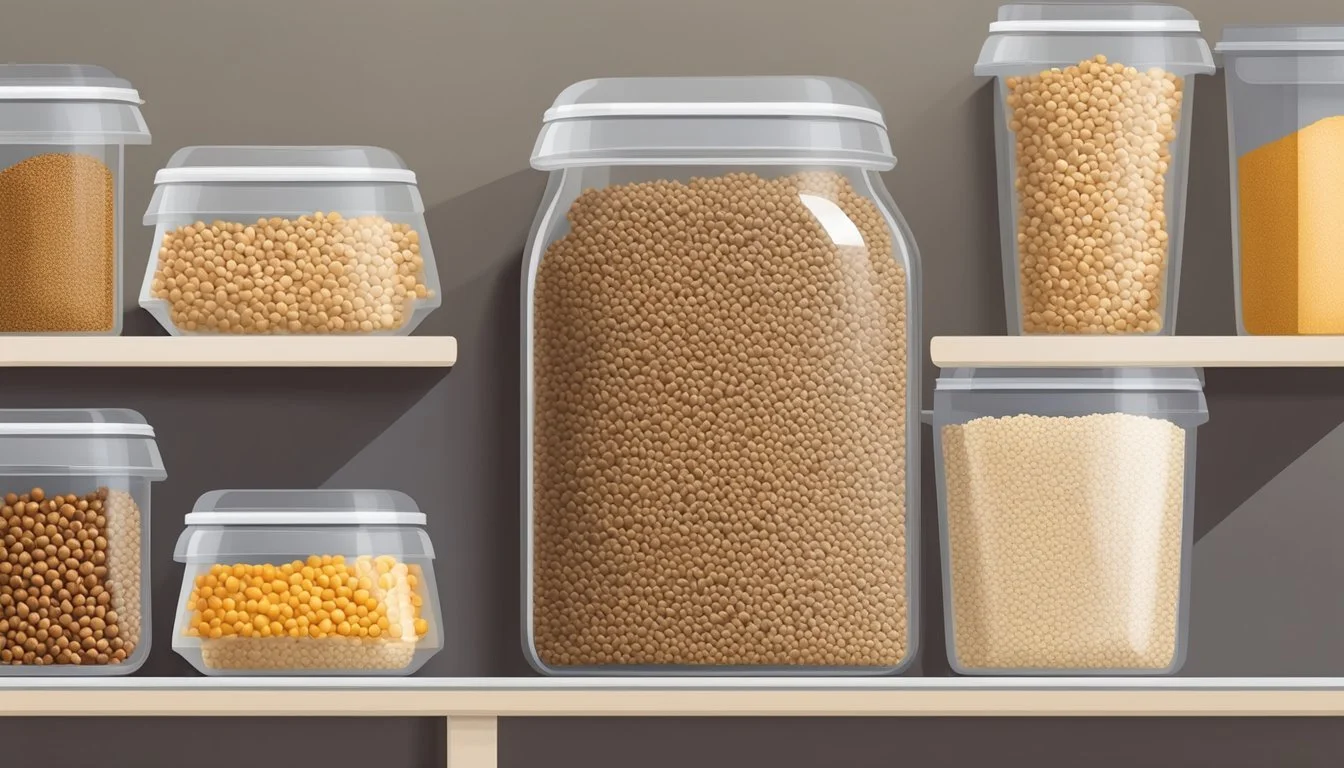How Long Do Buckwheat Groats Last?v
Understanding Shelf Life and Storage
Buckwheat groats, the hulled seeds of the buckwheat plant, are a highly nutritious, gluten-free food source. Their versatility as a grain alternative makes them a popular choice in a variety of dishes, from traditional porridge to modern health bowls. Rich in carbohydrates, fiber, and essential nutrients, they provide a healthy option for those looking to maintain a balanced diet.
When stored correctly, the shelf life of buckwheat groats can vary. In their original packaging, they can maintain their quality for up to a year. If transferred to an airtight container, buckwheat groats' usability can extend to two years. For those aiming to maximize its longevity, vacuum-sealed packaging can preserve buckwheat for potentially three years or more, given the storage conditions are optimal. This involves keeping them in a cool, dry place away from direct sunlight and moisture.
The way buckwheat is processed also influences its shelf life. Unprocessed groats typically last longer than those that have been turned into flour or other products. Regardless of the form, it's crucial to check for any signs of spoilage, such as a rancid smell or the presence of pests, before consumption. Proper storage is key to ensuring that buckwheat groats remain a reliable and healthy ingredient in culinary preparations.
Overview of Buckwheat Groats
Buckwheat groats, the hulled seeds of the buckwheat plant, serve as a highly nutritious and versatile food staple. They are not true grains but are commonly used as such due to their comparable culinary applications and nutritional value.
Nutritional Profile
Buckwheat groats are rich in protein and dietary fiber, making them a satisfying addition to any diet. One cup of cooked buckwheat groats contains approximately 5.7 grams of protein and 4.5 grams of fiber. They boast a remarkable mineral content, with notable levels of magnesium, iron, zinc, and phosphorus. These groats are also a good source of various vitamins, including vitamin B6, and are packed with antioxidants.
Nutrients in Buckwheat Groats (per 1 cup cooked):
Protein: 5.7g
Fiber: 4.5g
Magnesium: Significant quantity
Iron: Present
Zinc: Present
Phosphorus: Present
Vitamins: B6 and others
Antioxidants: Rich in various antioxidants
Culinary Uses
As a pseudo-grain, buckwheat groats illuminate dishes with their unique, hearty, and slightly nutty flavor, subtly enhancing both sweet and savory profiles. They can be effortlessly integrated into a variety of dishes, from salad toppings to a warm porridge or a substantial side dish. Buckwheat groats are often found roasted, called 'kasha', or unroasted, and may also be ground into flour. These groats can complement a health-conscious meal due to their nutritious benefits and are sometimes described as a superfood for their dense nutrient profile.
Proper Storage Techniques
Proper storage maximizes buckwheat groats' shelf life by protecting them from moisture, light, and air. Utilizing airtight containers and appropriate locations such as a pantry, refrigerator, or freezer is key to preservation.
At Room Temperature
For pantry storage, one should place buckwheat groats in an airtight container to prevent exposure to moisture and light. They'll typically stay fresh for up to 6 months on a cool, dry pantry shelf. The ideal conditions are a consistent temperature away from direct sunlight and any heat sources.
Refrigeration and Freezing
Storing buckwheat groats in the refrigerator or freezer can extend their shelf life. When refrigerated in an airtight container, they can last up to 1 year—this helps in maintaining their quality by reducing the chances of oxidation. If choosing to freeze them, one ensures longevity, and they'll remain usable for over 2 years. In both cases, it's crucial to ensure containers are sealed properly to prevent any moisture intrusion.
Maximizing Shelf Life
Proper storage methods for buckwheat groats can significantly extend their usability, whether they're dry or cooked. Different forms of buckwheat groats require distinct storage strategies for optimal shelf life preservation.
Dry Buckwheat Groats
Dry buckwheat groats, whether untoasted or toasted, maintain their quality when stored in a cool, dry place away from direct sunlight. Untoasted groats generally last up to two years when kept in airtight containers such as glass jars or sealed plastic bags. Toasted buckwheat, known as kasha (how long does kasha last?), has a slightly reduced shelf life due to the oils released during toasting; however, it still preserves well for 1-2 years if stored in the same manner.
Cooked Buckwheat Groats
Once cooked, buckwheat groats' shelf life shortens considerably. To ensure freshness, one should store cooked buckwheat in the refrigerator within two hours of cooking. Use shallow, airtight containers or resealable plastic bags to maintain quality. Refrigerated cooked buckwheat should be consumed within a few days—typically no more than 4-6 days. For longer storage, one may freeze cooked buckwheat. Properly stored in freezer-safe containers or bags, it can last for up to one month.
Cooking and Preparation Methods
Proper preparation of buckwheat groats enhances their texture and digestibility. These methods ensure that the groats, whether toasted or raw, are cooked evenly and retain their nutty flavor.
Rinsing and Soaking
One should always rinse raw buckwheat groats under cold water to remove any dust or debris. Soaking is optional, but it can reduce cooking time and improve digestibility. If one opts to soak, they should submerge the groats in water for one to two hours.
Cooking Ratios and Times
To cook buckwheat, a standard ratio of liquid to groats is typically 2:1. One can use water, broth, or any other cooking liquid. They should bring the liquid to a boil, add the groats, stir once, and then reduce to a simmer. The cooking time for buckwheat is usually between 13-15 minutes, or until all the liquid is absorbed.
Type Ratio (liquid) Cooking Time Raw Buckwheat 2:1 13-15 min Toasted (Kasha) 2:1 15-20 min
Reheating Cooked Buckwheat
Cooked buckwheat can be reheated on the stove or in a microwave. For the stove, one should place the groats in a pan, add a splash of water or desired liquid, and heat over a low flame while occasionally stirring until hot. In a microwave, place them in a microwave-safe dish, lightly cover with a damp paper towel to retain moisture, and heat for 1-2 minutes or until warm.
Versatility in Recipes
Buckwheat groats stand out as a versatile ingredient, seamlessly substituting for common grains such as rice and quinoa, (What wine goes well with quinoa?) and enhancing a variety of dishes, both sweet and savory.
Buckwheat as a Rice Alternative
Buckwheat groats, also known as buckwheat kasha when roasted, offer a nutrient-dense and gluten-free alternative to rice. They bring a uniquely nutty flavor and a satisfying texture to any meal. Buckwheat can replace rice in recipes such as risotto or pilaf, absorbing flavors while maintaining its hearty consistency.
Risotto: Replace arborio rice with buckwheat to create a rich, creamy dish.
Pilaf: Sauté buckwheat with aromatics for a side dish full of texture and taste.
Incorporating into Salads
Salads gain not only a nutritional boost but also a pleasant crunch and flavor profile when buckwheat is added. Its robust texture holds up well, making it an ideal addition to both leafy and grain salads.
Leafy Salads: Add cooked, cooled buckwheat groats to greens for a more satisfying meal.
Grain Salads: Mix buckwheat with vegetables and a dressing for a complete, portable lunch option.
Creative Sweet and Savory Dishes
Buckwheat's adaptability shines in both sweet and savory dishes. Sweet buckwheat porridge for breakfast is as delightful as incorporating buckwheat flour into soba noodles (how long do soba noodles last?) for a nutritious twist on traditional Asian cuisine.
Sweet Dishes: Taste the comforting flavors of buckwheat porridge, using milk or a dairy-free alternative and sweeteners like honey or maple syrup.
Savory Dishes: Explore the culinary landscape with buckwheat flour in homemade soba noodles, offering a distinct taste and texture.
Avoiding Common Cooking Mistakes
In preparing buckwheat groats, attentiveness to cooking methods is crucial to avoid a mushy texture and to achieve optimal fluffiness. Here are some specific strategies to help ensure your buckwheat maintains its integrity during the cooking process.
Preventing Mushy Texture
To keep buckwheat groats from becoming too soft, one should monitor the ratio of water to groats and the cooking time carefully. Follow these guidelines:
Water-to-Groats Ratio: Use a 1:2 ratio of groats to water to maintain the texture.
Cooking Time: Simmer groats in boiling water and start checking for doneness after about 10 minutes. Groats should be tender but still hold their shape.
Achieving Optimal Fluffiness
Fluffiness in buckwheat groats is a result of proper handling post-cooking. Here's how:
Reduce Heat: Once boiling, lower the heat to simmer and cover the pot. This gentle cooking allows groats to become fluffy.
Let it Rest: After cooking, remove the pot from heat and let it sit covered for 5-10 minutes. This step ensures the groats absorb remaining moisture without direct heat.
Use a Fork to Fluff: To separate the groats and encourage fluffiness, fluff gently with a fork before serving.
By adhering to these specific techniques, one can consistently prepare buckwheat groats with the right texture and fluffiness.
Health Benefits of Buckwheat Groats
Buckwheat groats offer a range of health benefits, notably for those with specific dietary needs. They serve as a nutrient-dense food source, rich in dietary fiber and suitable for gluten-free diets.
Gluten-Free Advantages
Buckwheat groats are inherently gluten-free, making them a safe and nutritious food choice for individuals with celiac disease or gluten sensitivity. Their absence of gluten can prevent the inflammatory responses typically triggered in these conditions, offering a wholesome alternative to traditional cereals and grains.
Contribution to a Balanced Diet
They contribute significantly to a balanced diet, being nutrient-rich. Each serving of buckwheat groats includes high levels of dietary fiber, which supports digestive health and may aid in maintaining healthy blood glucose levels. Additionally, their rich mineral content includes magnesium, manganese, and copper, which play a role in various bodily functions.
Substitutes and Alternatives
In the event that buckwheat groats are unavailable, or if there's a desire to explore diverse culinary choices, one has several substitutes and alternatives at their disposal, from grain and seed options to utilizing buckwheat flour (how long does buckwheat flour last?) in various culinary applications.
Grain and Seed Alternatives
When replacing buckwheat groats, one can consider a variety of grains and seeds that offer similar nutritional benefits and can adapt to recipes where the texture and flavor of buckwheat are desired.
Quinoa: A high-protein, gluten-free grain-like seed, quinoa mimics the nutty taste and texture of buckwheat groats well in porridge, pilaf, and salads.
Oats: With a comparable earthy flavor, oat flour serves as a suitable alternative, providing a light and fluffy texture along with high fiber content.
Bulgur: This whole wheat grain, pre-cooked and cracked, can replace buckwheat groats in many recipes; one should use half the amount of bulgur compared to buckwheat groats.
Buckwheat Flour Uses
One might also opt to toast buckwheat groats, a process creating kasha, to attain a more robust flavor profile. Alternatively, buckwheat flour, derived from the same plant, may substitute the groats for a finer texture in recipes.
Baking: Buckwheat flour can be employed in bread, pancakes, and pastries, providing a gluten-free alternative that retains the distinctive flavor of the groats.
Thickening Agent: The flour can also thicken soups and sauces without altering the original taste profile of the dishes substantially.
This approach allows those with dietary restrictions or preferences to continue enjoying the taste and nutritional advantages of buckwheat through various other sources.

